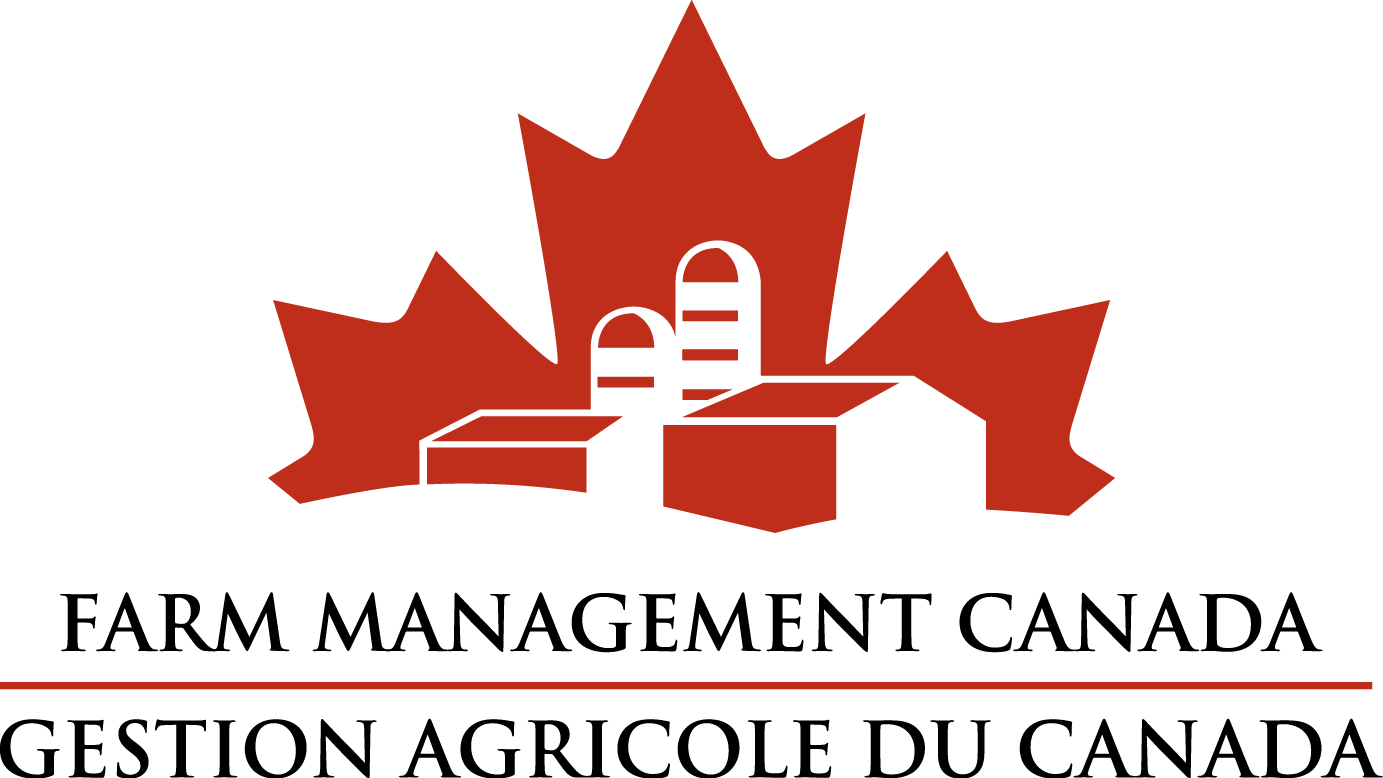The world is watching the wind-up to the American presidential election, to be held on November 6.
Whichever candidate prevails, election day marks the beginning of a critical eight-week period for the U.S. economy. Economic uncertainty and farm policy are just two of the issues that need to be addressed that will impact the bottom line of agricultural producers and agribusinesses.
The big macroeconomic issue that will capture headlines after the election is the fiscal cliff, which we wrote about in last month’s column, which can be found here.
The fiscal cliff refers to automatic spending cuts and tax increases that are scheduled to take effect on Jan. 1, 2013. This timing is detrimental, considering that in the U.S. income is growing at a below-average pace, job creation is sluggish and consumers are still paying down debt accumulated during the years leading up to the financial crisis of 2008.
The International Monetary Fund recently estimated that the worst-case scenario of falling off the cliff would shave more than four per cent off the U.S. Gross Domestic Product. Some are pessimistic that a deal will be achieved, given that politicians have failed to address this issue for nearly two years.
On the other hand, the stakes are so high that most observers believe a deal will be reached, even if it’s only a temporary fix. A compromise would likely include some degree of fiscal consolidation, but this would not hurt Canadian agricultural producers and agribusinesses as much as a full-fledged fall off the cliff.
The mere presence of this uncertainty negatively impacts multiple segments of the economy. Not knowing what the future will hold discourages U.S. businesses from hiring, making investments and building inventory levels. Why? Because they believe that if a fall off the fiscal cliff is not averted, the demand for goods also will fall.
Given Canada’s strong economic ties with the U.S., if the fiscal consolidation scheduled to take effect in the new year occurs, it would certainly have consequences for our country. The U.S. captures a large share of Canada’s agrifood (non-commodity) exports, at 67 per cent. Economic contraction could reduce the demand for Canadian products, particularly high-value processed foods. The spillovers to the rest of the world economy would also reduce commodity prices, impacting primary agriculture producers indirectly, although finding a market for those goods should not be a problem.
A second major issue is the passage of legislation for the next U.S. Farm Bill, which we have addressed in past columns, located here.
Many provisions of the 2008 U.S. Farm Bill expired on September 30, 2012, and some commodity programs are set to expire at the end of the 2012 crop year. Failure to pass a new farm bill before the expiration of these programs would mean reverting to bills established in the 1930s and 1940s. A U.S. dairy organization recently noted that the expiry of dairy provisions at the end of this year would imply support prices for milk that are more than double current prices.
Farm programs are so different now that it makes the expiration of the farm bill unlikely. An automatic reversion to dated laws would result in a large cost to the U.S. taxpayer, something unacceptable to lawmakers, given budget pressures. There’s pressure to at least extend the current farm bill into next year.
In some ways, U.S. producers may not find the passage of a new farm bill urgent. For example, crop insurance, the most popular program, doesn’t have to be authorized as part of the bill. On the other hand, just like businesses arguing that economic uncertainty slows down investment, U.S. producers may petition for new farm legislation in order to make 2013 planting decisions.
While current agricultural commodity prices are driven in part by high demand from emerging markets, the U.S. is still the world’s largest economy. Any slowdown there would undoubtedly impact commodity prices worldwide. We believe that the compromises required to both pass farm legislation and avoid the fiscal cliff will be reached before the end of the year. This would encourage investment and hiring, boosting the growth rate of the overall economy.
A mini-surge in growth south of the border would be good for Canadian food exporters, who are dependant on the U.S. market. To get there, we may have to go through a period of high volatility as markets wait for convincing signs that U.S. policy challenges will be resolved.
Read J.P. Gervais in FCC Express – Canada’s agriculture e-newsletter. Sign up and stay in the know with industry news, videos and podcasts at www.fcc.ca/express.
